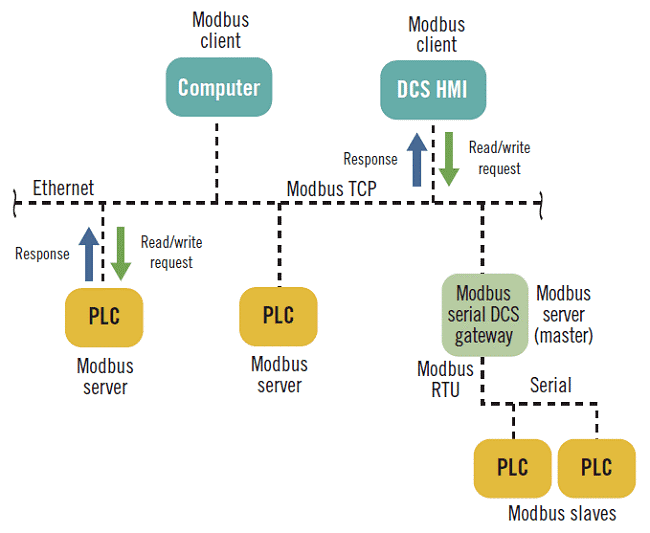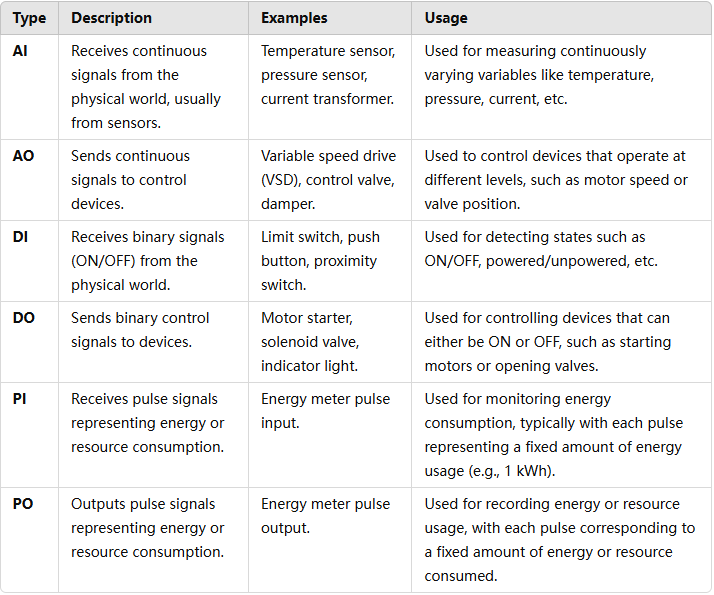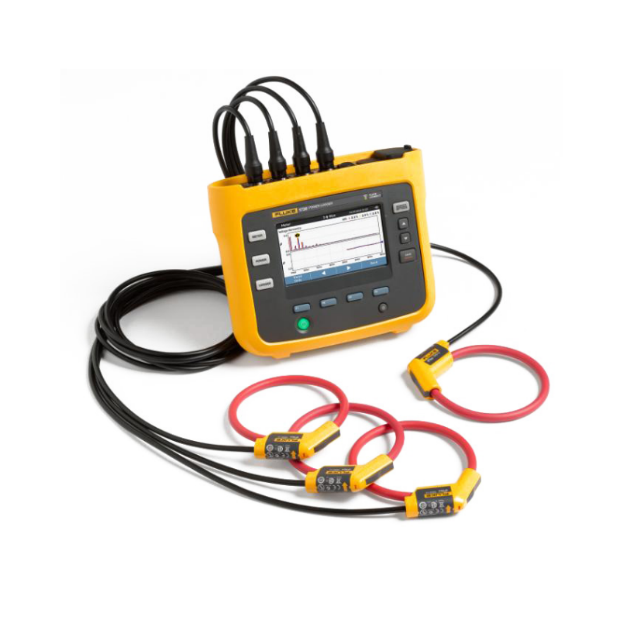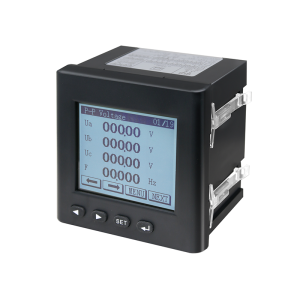Modus RTU and Modbus TCP are widely used in the field of energy and energy meters because the communication protocol is crucial to achieving seamless data transmission. This article will introduce the difference between the two communication protocols Modbus TCP and Modbus RTU from different aspects.

Modbus TRU and TCP Overview
Modbus RTU protocol is based on serial communication (RS-232 or RS-485), with data transmission via binary encoding, and is typically used in applications with limited bandwidth and long distances.
In contrast, Modbus TCP protocol is based on TCP/IP communication and uses Ethernet for data transmission. It is widely used in industrial automation and energy management systems.
Communication differences between Modbus TRU and TCP

Modbus TCP runs on TCP/IP, uses Ethernet frames for communication, and is suitable for high-speed, short-distance communication. Modbus RTU operates on serial communication and uses binary encoding for data frame transmission. It is suitable for longer-distance communication and has moderate speed.
Network infrastructure differences between Modbus TRU and TCP
Modbus TCP relies on standard Ethernet infrastructure, supports direct integration with existing TCP/IP networks, and is suitable for applications where Ethernet connections are ubiquitous. In contrast, Modbus RTU is intended for systems with a serial communications infrastructure, often where Ethernet implementation is impractical or costly.
Modbus RTU and TCP Application in Electric Energy Meters

Modbus TCP protocol is a protocol based on TCP/IP communication, suitable for Ethernet environments, especially for industrial automation and energy management systems. In energy and electricity meters, Modbus TCP is widely used for real-time data exchange, capable of quickly transmitting large amounts of data through Ethernet, and supporting high-speed, short-distance communications. Its widespread use in modern industrial networks makes it ideal for use in energy monitoring systems.
The Modbus RTU protocol is based on serial communication and is suitable for serial communication interfaces such as RS-232 or RS-485. In applications such as energy meters, Modbus RTU is often used in scenarios with long communication distances and limited bandwidth. It is more suitable for some special environments, such as industrial control systems and occasions requiring long-distance communication.
Advantages and Disadvantages of Modbus RUT and TCP
Advantages and Disadvantages of Modbus TCP
Advantage
High-speed communication: suitable for applications requiring real-time data transmission.
Strong compatibility: Directly integrated with existing TCP/IP networks, improving system flexibility and scalability.
Shortcoming
Dependent on Ethernet: The system is highly dependent on Ethernet. If there is a problem with the network, it may affect the reliability of communication.
Higher implementation costs: Compared to serial communications, Ethernet can be more expensive to implement.
Advantages and Disadvantages of Modbus RTU:
Advantage
Suitable for longer distance communication: performs well in scenarios with long communication distances.
Cost-effectiveness: Compared to Ethernet, the hardware cost of serial communication is relatively low.
Shortcoming
The communication speed is relatively slow: Compared with the TCP protocol, the communication speed of Modbus RTU is slow.
Limited network integration: Not as directly applicable to modern Ethernet environments as the TCP protocol.
Modbus TCP and RTU protocols have their advantages in energy and energy meter applications, but there are also some limitations. In practical applications, a flexible selection of appropriate protocols based on system requirements, communication distance, and cost considerations will help establish an energy monitoring system with excellent performance and strong applicability. No matter which protocol is chosen, it should be carefully designed and implemented based on a full understanding of its advantages and disadvantages to ensure the reliability and stability of the system.





